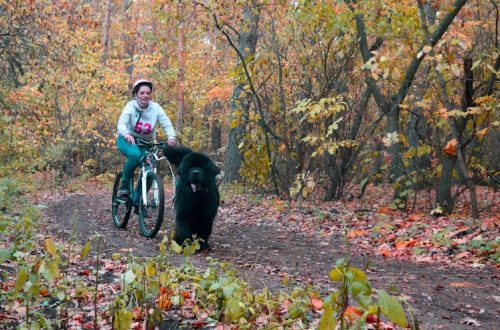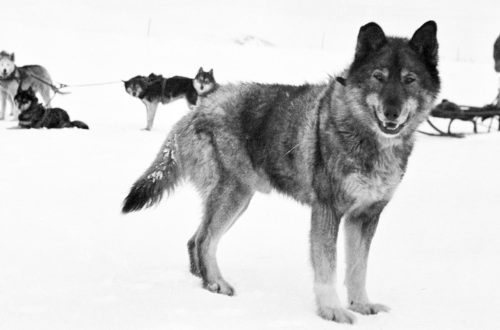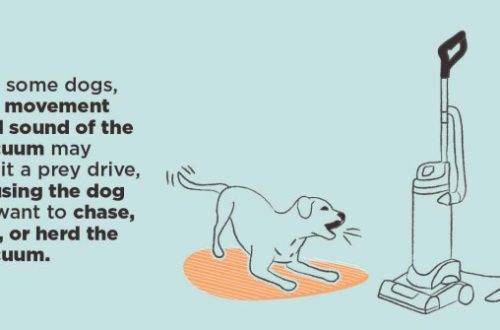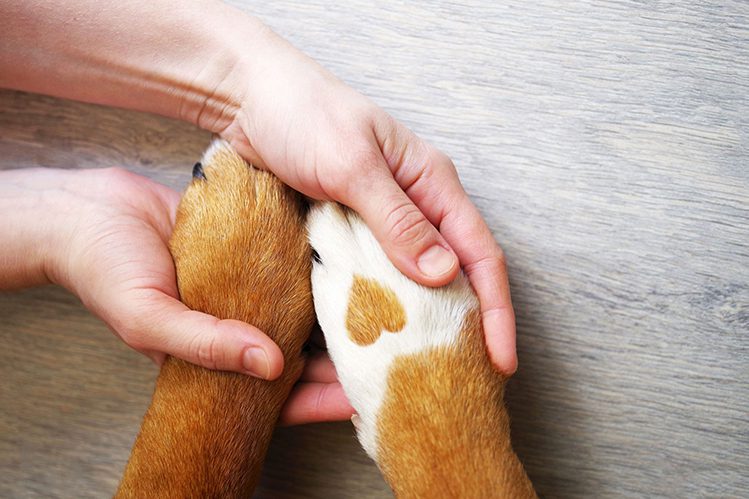
Features of caring for an elderly dog
A dog of respectable age can lead an active life and feel good. But for this, pet owners need to take care of it, taking into account the needs of an elderly organism. We have compiled recommendations for you that will help improve the quality of your pet’s life and make the last few years of a dog’s life healthy and fulfilling.
At what age does a dog age? It depends on the breed and its size, heredity, state of health and the care of the owners about it throughout life. Note that mixed breed dogs generally live longer than purebred dogs.
Under the same conditions, small breed dogs live longer than large breed dogs. At the same time, proper care and attentive attitude allows representatives of large breeds to live up to 13-14 years. Entering old age is very individual and depends, like life expectancy, on many factors. On average, it is 5-7 years for larger breeds and 7-9 years for representatives of small and miniature ones.
Gray hair on the muzzle, sides or back of a pet may appear with age, but it should not be unconditionally classified as a sign of aging in a dog. Gray hair in dogs older than four years old can appear due to fear or stress. There are also reasons that are associated with the structure of wool. It does not depend directly on the breed and health of the pet. For example, in poodles and spaniels, gray hair can appear even at a year and a half, these are the features of the breed.
As dogs age, chronic health problems can worsen. Veterinarians note that in old age, dogs often develop cancer. Older dogs are more likely to be disturbed by the heart, kidneys, liver, so regular visits to the veterinarian will be justified to control the work of these organs.
You, as the owner, may notice the aging of the dog by the deterioration of hearing or vision. But to exclude other factors that can affect hearing (inflammation or contamination of the ear canals), it is better to contact a veterinarian so that he can conduct a competent diagnosis. Also, a specialist will help identify age-related vision problems, among which the most common is cataracts. After all, if the dog does not see well, it will be afraid of walking in the dark.
Changes in gait may become noticeable, the dog begins to put limbs a little differently. This may be due to age-related changes in the joints and cartilage, special attention should be paid to the elbow and hip joints. It is important to keep this issue under control so that the situation does not end with osteoarthritis and loss of mobility. Vitamins and special feed additives recommended by a veterinarian will help.
The behavior of your four-legged friend is also changing. An older dog may forget commands, show aggression, or behave sluggishly. Be touchy, jealous. This is how the aging processes of the nervous system make themselves felt.

In an elderly pet, the metabolism slows down and there is a tendency to be overweight. Taste preferences may change, the dog can become very selective. The slightest overfeeding can cause constipation or diarrhea. Therefore, the norm of feeding is recommended to be observed even more strictly.
The main task of the owner is to choose a balanced diet that matches the age and health of the dog. Talk to your veterinarian about a suitable diet. If your dog has severe dental problems, choose soft food or soak the food in water.
An older pet’s diet should contain more protein and less fat. It is necessary to reduce calorie intake, because the body now consumes not so much energy. At the same time, dogs that have lived to a very advanced age need an increase in total calories along with proteins.
Do not change the diet abruptly: the body needs time to adapt. Add the new food to the old, at first in small amounts. Gradually increase the ratio in favor of the new food. It usually takes about a week to switch to a new diet.
If you feed your dog natural food, do not forget about feed additives and vitamins to maintain the musculoskeletal system. Discuss the choice of complex with a veterinary specialist.
If your dog’s playful youth is behind you, this is no reason to leave your four-legged friend lying on the mattress all day. Continue to walk daily, an hour-long promenade will allow the pet to warm up and maintain muscle tone. But you should avoid very active outdoor games. The dog will quickly get tired, and careless movement can result in injury. If in the past you have trained a lot with your dog, now the physical activity for your ward needs to be reduced.
In rainy and cold weather, dress your pet so that it does not freeze. This is especially true for short-haired small dogs. Deterioration of vision and hearing is a good reason to adjust the mode of walking and walking during daylight hours. To identify such changes in your dog, consult your veterinarian.
Communicate with your dog, talk to her. Do not scold an old friend when he does not immediately respond to commands or behaves aloof and thoughtful. Maintain your pet’s trust in you by petting and praising him. In case of problems in communicating with a pet, it is worth contacting a zoopsychologist.
An older dog does not like change around him. Major repairs or complete rearrangement of furniture are undesirable. But the appearance of a puppy in the house can stir up your middle-aged ward, restore his interest in life. When you take a puppy with you to training and training courses, take his older comrade out into the light. Have an older dog watch your workout and end up doing just a couple of exercises with you. At the same time, the pet will feel involved, feel that he is still dear and necessary to you.
It is possible that over the years your pet will need to be taken outside more often. The gastrointestinal tract of a dog in old age no longer works like clockwork, sometimes a pet can accidentally go to the toilet right on the parquet. Or forget that you wanted to ask for a walk. This is by no means a reason to scold the dog. This is a signal that your ward needs to be taken out into the fresh air more often.
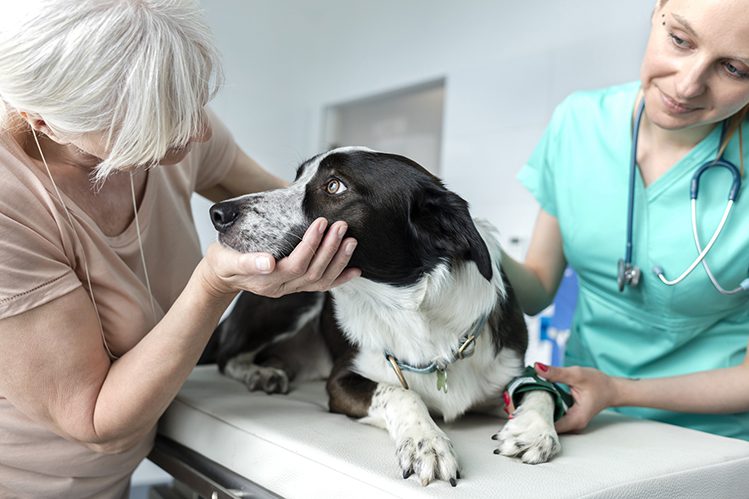
Try to save your pet from stressful situations and discomfort at home. Let the dog lie, sleep and rest in a warm, dry room without drafts. If at a young age it cost nothing for your pet to jump into a chair or onto a sofa, in old age it is better to save your four-legged friend from having to perform such tricks. Provide the dog with a comfortable place on the floor, if necessary, replace the usual bed with an orthopedic one. It will help the joints to be in a comfortable position during rest. Small dogs should preferably be covered at night with a blanket to keep them warm.
The body of an older dog is no longer so flexible, it is difficult for a pet to keep itself clean. A decrease in the activity of the sebaceous glands provokes the appearance of dandruff. Therefore, a dog of respectable age needs to be washed at home more often and its coat combed. In a middle-aged dog, the claws wear off more slowly, so they also need to be trimmed – to help your pet. Do not forget about brushing your teeth – the accumulation of plaque, the appearance of tartar means the presence of a large number of bacteria in the oral cavity, this will be an unnecessary burden on the immune system of an elderly dog. Plaque can cause an infectious disease called periodontitis. A nice addition to dental care will be properly selected delicacies and toys of the dental category.
An older dog is more vulnerable to a number of diseases – its immunity is not strong enough. It is more difficult to tolerate illnesses, more risk of complications, longer recovery period. That is why the key rule of caring for the health of an elderly pet should be prevention.
Timely carry out annual vaccination throughout the life of a four-legged friend. Regularly do the treatment of parasites, external and internal. Fleas carry infections, and helminths can weaken the body.
Take your pet to the veterinarian twice a year for basic tests. See your doctor if you notice any worrying changes in your dog’s appearance or behavior. The problem is that against the background of age-related changes, ailments are not always noticeable. Veterinarians urge you to regularly examine your pet yourself.
A well-groomed and beloved pet, a true family friend, even at a respectable age, will respond to a good attitude, keep you company for a walk. If the owners take care of the health of the dog, the pet will live a long and happy life. The pet has pleased you for many years and looked at you with admiration as a puppy, so now take care of your middle-aged, but devoted and loving four-legged friend.



